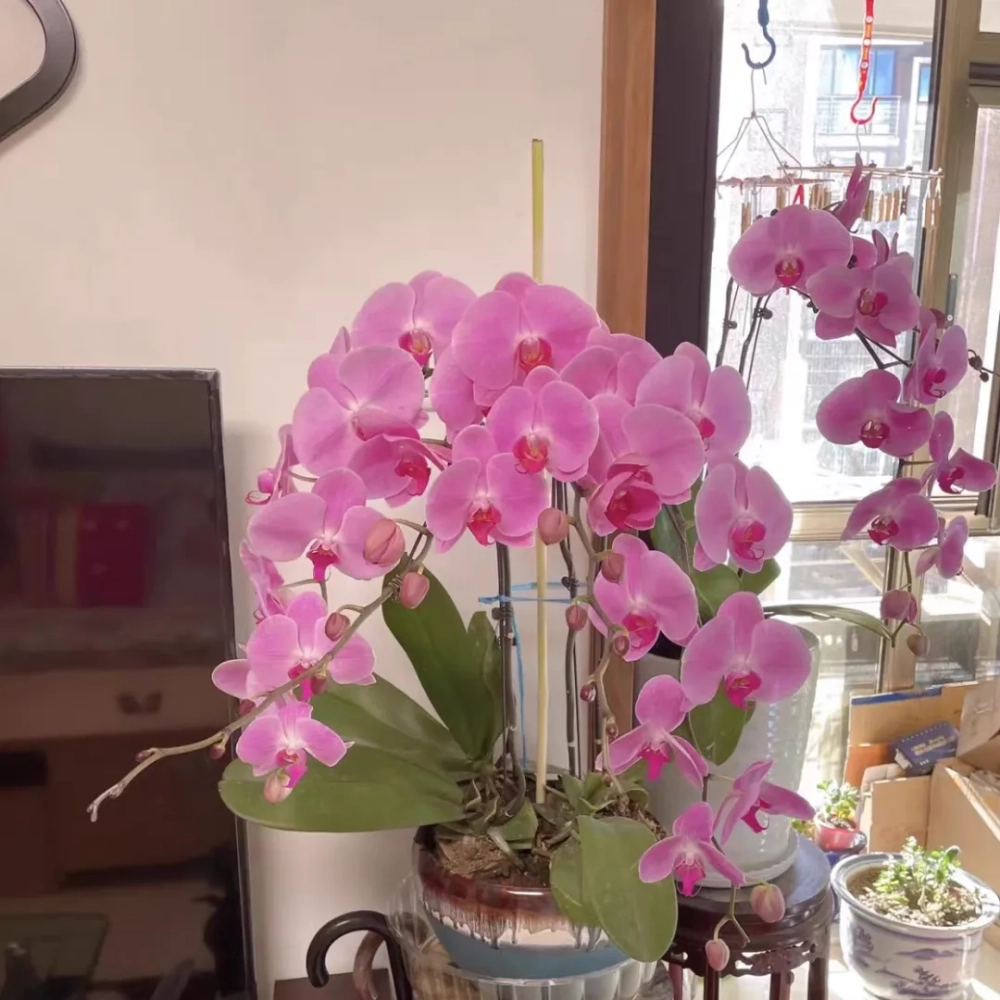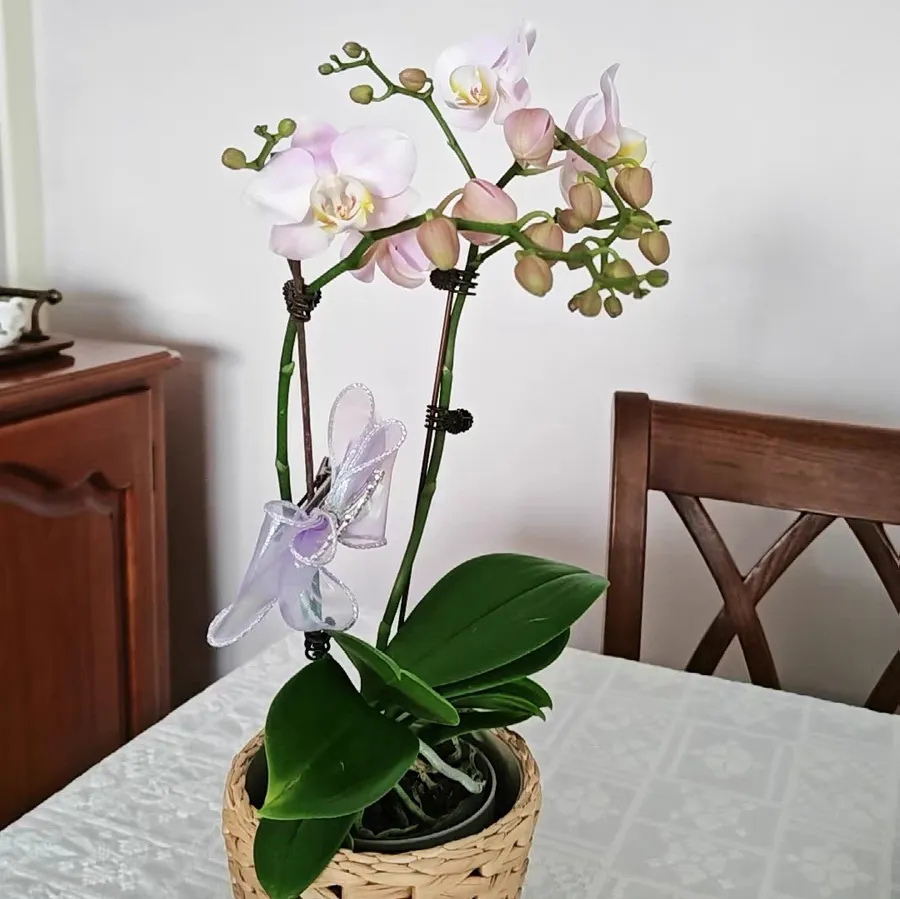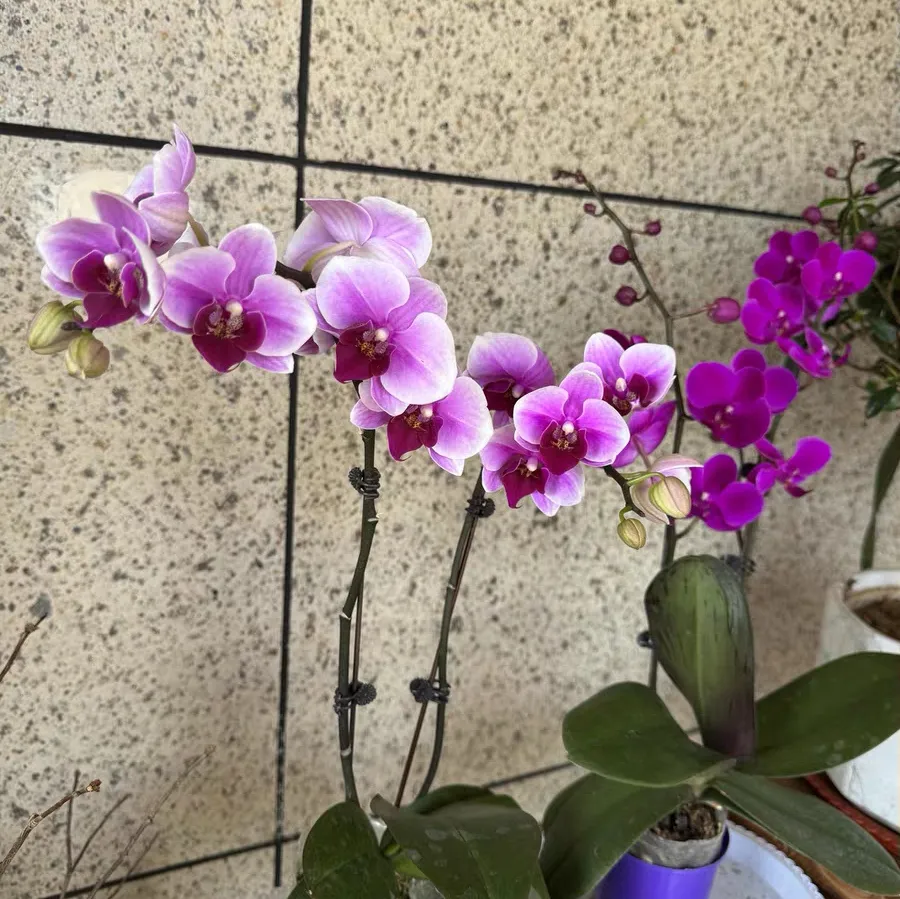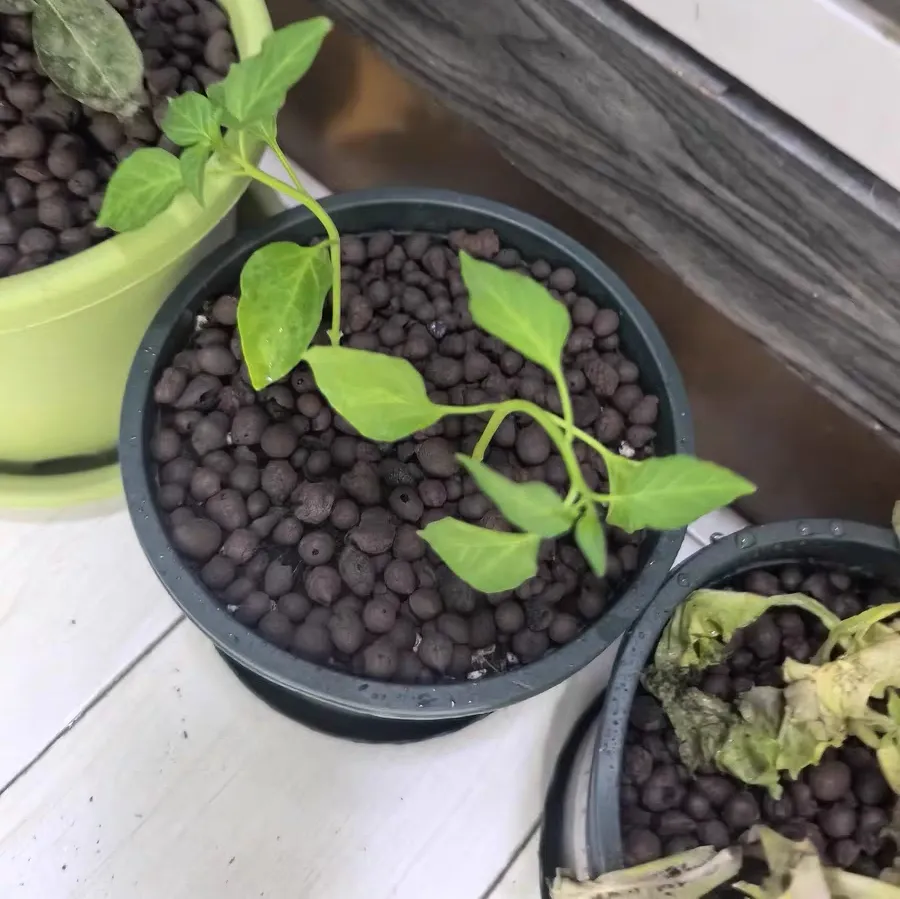During the process of maintaining Phalaenopsis orchids, many flower enthusiasts may encounter the problem of soft leaves during the flowering period. This phenomenon is often the result of the combined effects of multiple factors such as light, temperature, water, fertilization, and pests and diseases. As long as you master the correct solutions, you can help the Phalaenopsis orchids regain their health and bloom beautifully again.
**I. Light**
The original environment of Phalaenopsis orchids is under the shade of trees in tropical rainforests. Excessive direct sunlight can burn the leaves, causing them to dehydrate and become soft. On the other hand, if there is insufficient light for a long time, the leaves cannot carry out photosynthesis adequately and will gradually lose their vitality.
**Solution**: Place the Phalaenopsis orchids in an environment with bright scattered light, such as a position near the window indoors but shielded by a sheer curtain. Maintain 4 to 6 hours of light per day in spring and autumn. Avoid direct sunlight at noon in summer. In winter, you can appropriately increase the duration of light exposure and make use of the gentle sunlight in the morning and evening to promote growth.
**II. Temperature**
The suitable growth temperature for Phalaenopsis orchids is between 15℃ and 30℃. When the temperature is lower than 10℃, the growth of the plants will stagnate, and the leaves are prone to becoming soft. When the temperature exceeds 32℃, it will cause high-temperature stress and accelerate water evaporation.
**Solution**: In hot summer, use methods such as turning on the air conditioner, using a fan, or placing a water basin beside the flower pot to cool down and increase humidity. Before the temperature drops in winter, promptly move the Phalaenopsis orchids to a warm indoor place, away from the drafts of doors and windows. If necessary, use an insulation cover or a heating pad to maintain the appropriate temperature.
**III. Watering**
Frequent watering and long-term water accumulation in the substrate will cause the fleshy roots of Phalaenopsis orchids to lack oxygen and rot, thus affecting water absorption. Conversely, excessive drought, where the roots cannot obtain sufficient water, will also cause the leaves to become dry and soft.
**Solution**: Select substrates with strong air permeability such as sphagnum moss and bark. Before each watering, insert your finger 2 to 3 centimeters into the substrate. If it feels dry, then water thoroughly. When watering, pour the water slowly along the edge of the pot to avoid water flowing into the center of the leaves, which may lead to rot. You can water 1 to 2 times a week according to the environmental humidity.
**IV. Fertilization**
Using ordinary fertilizers or fertilizers with too high a concentration is likely to burn the roots of Phalaenopsis orchids, affecting nutrient absorption. If there is no fertilization for a long time, the lack of nutrients will cause the leaves to become soft and turn yellow.
**Solution**: Choose special slow-release fertilizers or liquid fertilizers for orchids. The slow-release fertilizers can be buried at the edge of the substrate during repotting. Dilute the liquid fertilizer in a ratio of 1:1000 and water the roots once every 2 to 3 weeks. Increase the application of phosphorus and potassium fertilizers before the flowering period to promote flower bud differentiation. Reduce the frequency of fertilization during the dormant period.
**V. Erosion by Pests and Diseases**
Pests such as spider mites and scale insects will suck the sap from the leaves, causing the leaves to lose their green color and become soft. Diseases such as soft rot and anthracnose will damage the leaf tissues and lead to rot.
**Solution**: Check the back of the leaves and the base of the plants every week. If pests are found, you can wipe them with a cotton swab dipped in alcohol or spray biological insecticides such as matrine. In the early stage of the disease, promptly cut off the diseased leaves and spray fungicides such as carbendazim and thiophanate-methyl. At the same time, keep the environment well-ventilated and reduce the humidity.
In short, as long as you identify the cause of the softening of the leaves of Phalaenopsis orchids, take targeted measures, and combine them with careful daily maintenance, you can help the plants regain their health and bloom beautiful flowers.
What are the reasons for the softening of the leaves of Phalaenopsis during its flowering period?

Share with
Tagged in :




Leave a Reply